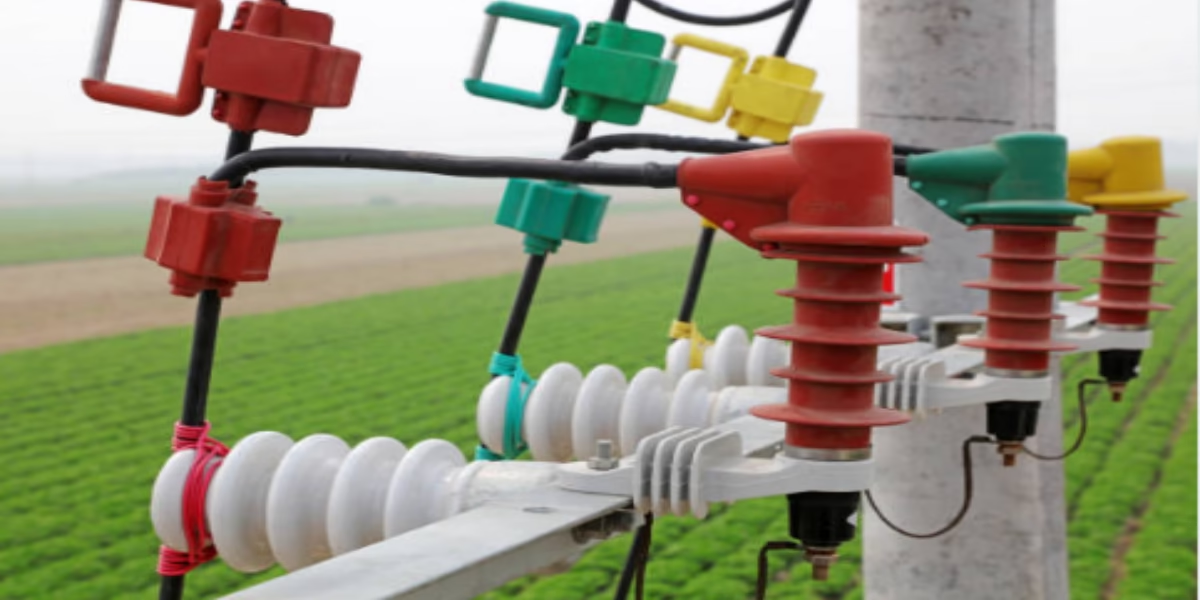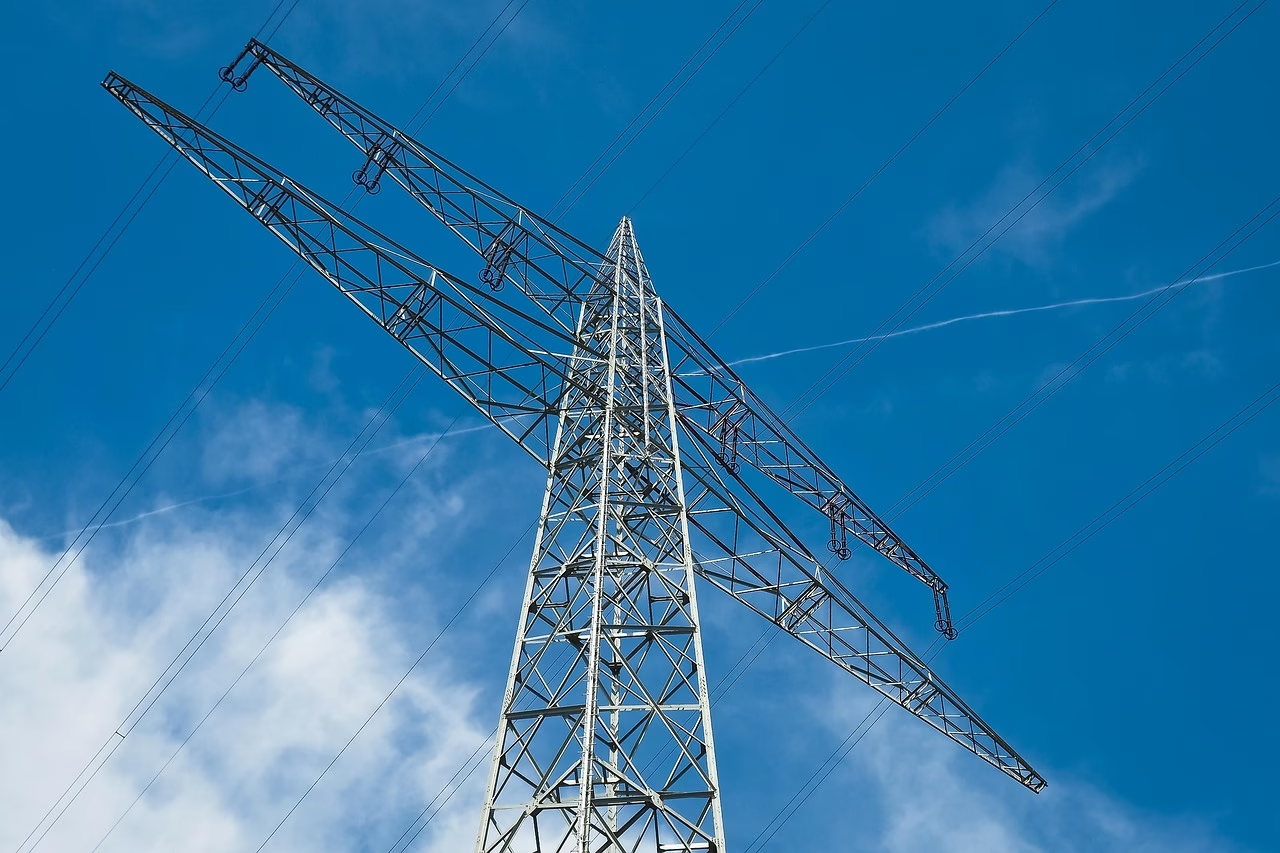Shielding Against teh Storm: The Role of Lightning Arresters
As ominous clouds gather on the horizon and the distant rumble of thunder reverberates through the air, nature’s raw power is on vivid display. With each flash of lightning illuminating the sky, we are reminded of the unpredictable forces that can disrupt our lives in an instant.Yet, amid this fierce display, modern technology offers us a safeguard—lightning arresters. These unsung heroes of electrical safety stand vigilant, poised to redirect the dangerous energy of lightning away from our homes, businesses, and critical infrastructure. In this article, we will explore the vital role lightning arresters play in protecting us against the tempestuous nature of storms, delving into their design, functionality, and the peace of mind they provide in an unpredictable world. Join us as we discover how these devices transform the threat of lightning into a manageable risk, enabling us to weather the storms with confidence.
table of Contents
- Understanding the Mechanism of Lightning Arresters
- choosing the Right Lightning Protection System for Your Needs
- Best Practices for Installation and Maintenance
- Evaluating effectiveness: Testing and Compliance Standards
- Q&A
- Concluding Remarks
Understanding the Mechanism of Lightning Arresters
Lightning arresters, also known as lightning rods, are essential devices designed to protect structures from the destructive power of lightning strikes.By providing a direct pathway for electrical discharge, they redirect the immense energy safely into the ground. This mechanism relies on a few key components:
- Conductive Materials: typically made from copper or aluminum, these materials are chosen for their excellent conductivity.
- Grounding System: This consists of metal rods or plates buried in the earth, ensuring that electrical energy can dissipate harmlessly.
- Air Terminals: Strategically placed on rooftops or at high points, they capture the lightning strike.
The functionality of a lightning arrester can be further understood by examining its operational process, which encompasses three main stages:
| Stage | Description |
|---|---|
| Detection | The arrester senses the impending strike through its elevated position. |
| Conduction | The energy travels along the conductive path, steering it away from the structure. |
| Dissipation | the energy disperses safely into the ground, minimizing damage. |
choosing the Right Lightning Protection System for Your Needs
when selecting a lightning protection system tailored to your specific requirements, it's crucial to consider multiple factors that can influence effectiveness.Assess your environment: Identify the inherent risks based on local weather patterns, the height of surrounding structures, and the geographical area. Some regions experience more frequent electrical storms than others, which can necessitate a more robust system. additionally, take into account the type of structures you are protecting—residential buildings, commercial facilities, and industrial sites have diffrent levels of exposure and, in this very way, different requirements for security against lightning strikes.
Next, contemplate the components of the system you will need, which may include air terminals, grounding systems, and bonding methods. A well-rounded system shoudl integrate various protective measures to form an efficient barrier against potential strikes. It may be helpful to consult with professionals who specialize in lightning protection to understand the following options:
- Conventional Lightning protection Systems: Simple, cost-effective solutions that include rods and conductors.
- early Streamer Emission Systems: Technologies designed to intercept lightning earlier than conventional systems.
- Surge Protectors: Essential for safeguarding electrical systems from surges caused by lightning.
Best Practices for Installation and Maintenance
When it comes to installing lightning arresters, attention to detail can make a significant difference in performance and reliability. Start by selecting a suitable location; it should be ideally positioned at the highest point of a structure, ensuring minimal obstruction. Pay attention to the materials used; copper or aluminum are the best choices for the conduction systems due to their excellent conductivity and resistance to corrosion. Installation should always follow the manufacturer's guidelines, maintaining proper grounding systems to safely direct electrical surges away from vulnerable areas.
Post-installation maintenance is paramount to ensure ongoing protection. Regular inspections should be conducted at least twice a year, checking for signs of wear, corrosion, or damage. It's also essential to verify that grounding connections remain secure, as any disconnection can lead to compromised safety. Consider establishing an annual maintenance schedule that includes:
- Visual inspection of all components
- Testing the grounding resistance
- Cleaning any debris from the arresters
- Documenting any adjustments or repairs made
Evaluating Effectiveness: Testing and Compliance Standards
To determine the effectiveness of lightning arresters, thorough testing and compliance with established standards are imperative. Industry standards such as the IEC 62305 and NFPA 780 set the groundwork for assessing the performance of lightning protection systems. These rigorous evaluation procedures help ensure that the components can withstand high voltage surges and effectively redirect lightning strikes away from sensitive structures. Engaging in systematic testing, including both laboratory and field assessments, guarantees that the equipment meets safety regulations and performs as was to be expected under various environmental conditions.
Moreover, adhering to compliance standards not only mitigates risks but also enhances the longevity of installations. It is indeed essential to regularly perform evaluations based on the following key factors:
- Material Integrity: Ensuring that all materials used in the lightning arrester's construction can endure extreme weather conditions.
- Installation Quality: Verifying that installation guidelines are followed meticulously to avoid potential points of failure.
- Performance Monitoring: Implementing a routine check-up system to track the arrester's functionality over time.
By embedding these evaluations into regular maintenance routines, stakeholders can maintain the reliability of lightning arresters, safeguarding properties effectively against nature's unpredictability.
Q&A
Q&A: Shielding Against the Storm: The Role of Lightning Arresters
Q1: What are lightning arresters, and how do they work?
A1: lightning arresters, also known as lightning rods or surge protectors, are devices designed to protect structures from lightning strikes. They work by providing a low-resistance path for lightning to follow, allowing the electrical charge to safely travel to the ground. When lightning strikes,the arrester directs the current away from the building,preventing damage to electrical systems and structural components.
Q2: Why are lightning arresters significant for homes and buildings?
A2: The importance of lightning arresters lies in their ability to prevent devastating damage caused by lightning strikes. Each year, thousands of fires and electrical surges occur consequently of lightning hitting structures. By installing a lightning arrester, property owners can substantially reduce the risk of fires, equipment damage, and even personal injury, thereby fortifying their homes against nature's wrath.
Q3: Are lightning arresters effective in all storm conditions?
A3: While lightning arresters are highly effective in diverting and managing lightning strikes, their efficiency can vary based on installation quality and environmental conditions. It’s crucial for them to be properly installed and grounded.additionally, they may not be as effective in areas with frequent direct strikes lacking adequate protection. Regular maintenance and inspections are paramount to ensure their operational integrity during storm conditions.
Q4: How should one choose the right type of lightning arrester for their property?
A4: Selecting the right lightning arrester involves considering several factors, such as the size and height of the building, local climate, and historical lightning activity in the area. Consulting with a professional experienced in lightning protection can definitely help determine the most suitable type of arrester – be it air terminals, electrical surge protection devices, or grounding systems – for optimal protection.
Q5: Can lightning arresters protect electronic devices and systems?
A5: Yes, many lightning arresters include surge protection features that safeguard electrical and electronic devices against voltage spikes caused by lightning or other electrical surges.This is especially critical for safeguarding sensitive equipment like computers, servers, and security systems, ensuring their functionality remains intact even after a storm.
Q6: Are lightning arresters mandatory by code in certain areas?
A6: Building codes regarding lightning arresters can vary depending on local regulations and geographic locations. In areas known for high lightning activity, the installation of these systems might potentially be mandated for commercial buildings or certain types of structures. Homeowners are encouraged to check with local building authorities to understand the requirements and recommendations in their region.
Q7: What are some common misconceptions about lightning arresters?
A7: One prevalent misconception is that lightning arresters attract lightning, making structures with them more likely to be struck. In reality, they don’t attract lightning; they merely provide a safe pathway for electrical discharges. Another common myth is that lightning arresters can completely eliminate the risk of a strike. While they significantly reduce risk, they cannot offer a 100% guarantee of protection.
Q8: What should be done onc a lightning strike occurs, even with an arrester in place?
A8: If a lightning strike occurs, it's essential to conduct a thorough inspection of the building and its electrical systems. Signs of damage may not always be promptly visible. Consulting a licensed electrician to assess any potential issues, such as power surges or structural integrity, is critical in ensuring safety and addressing any hidden damages.
Q9: Can you explain the maintenance process for lightning arresters?
A9: Maintenance of lightning arresters involves regular inspections to ensure the integrity and functionality of the system. This can include checking connections,assessing the condition of the grounding system,and removing any accumulated debris or obstacles. Ideally, inspections should occur biannually and after significant weather events. Professional assessments may be necessary to ensure compliance with safety standards and local codes.
Q10: How can individuals further educate themselves about lightning safety?
A10: Individuals can enhance their understanding of lightning safety and protection by researching reputable resources, such as the National Weather Service and lightning safety organizations. Participating in community seminars, attending workshops, or consulting experts in electrical safety can provide valuable insights. Moreover, staying informed about local weather forecasts can also help in preparing for storm events.---
lightning arresters are vital tools in safeguarding structures against the unpredictable forces of nature. With proper understanding, installation, and maintenance, individuals can effectively shield their properties against the storm.
Concluding Remarks
As the skies darken and thunder rumbles in the distance, it is indeed essential to take a moment to appreciate the unseen guardians that stand ready to protect our homes, businesses, and lives. Lightning arresters, though often overlooked, play a crucial role in shielding us from the unpredictable fury of nature.By diverting the destructive power of lightning away from our structures, these devices not only safeguard our physical assets but also offer us peace of mind amid the chaos of a storm.
In our increasingly electrified world, where technology and infrastructures are more vulnerable than ever, understanding the significance of lightning protection systems is paramount. Investing in a reliable lightning arrester is not just a matter of safety but a proactive measure towards resilience in the face of natural threats. As we embrace our modern lifestyle, let us not forget the importance of these silent sentinels, standing resolute against the storms that loom overhead.
while we may not be able to control the weather, we can certainly prepare for its extremes.So the next time dark clouds gather on the horizon, remember the role of lightning arresters in fortifying our defenses, ensuring that we remain safe and secure, no matter how fierce the storm might be.





